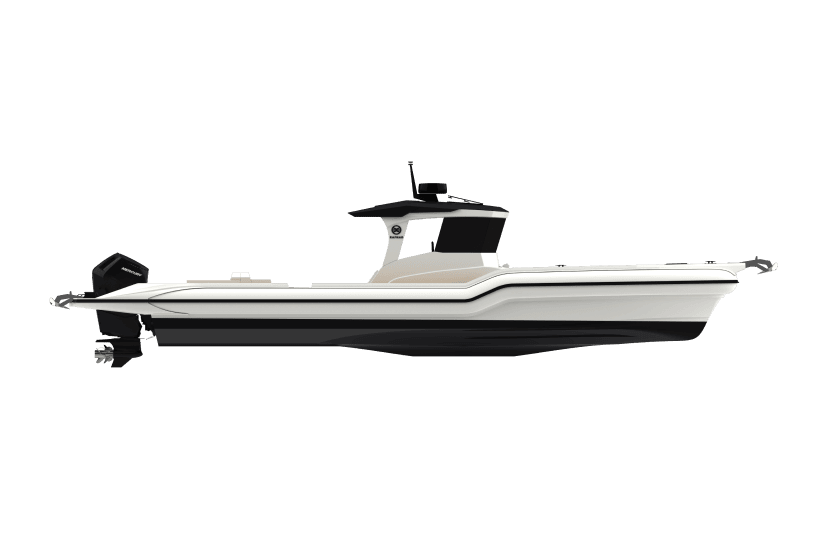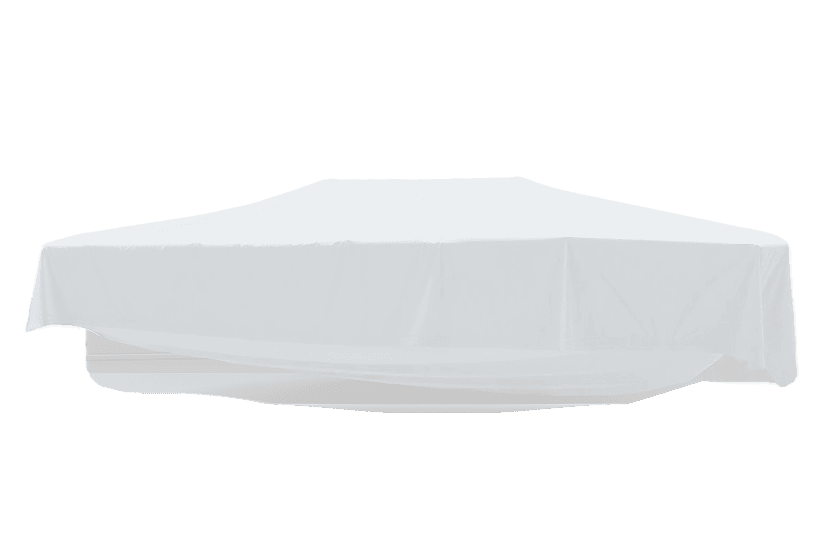

Master any swell
Do not let the conditions dictate when you can and can’t sail. Rafnar boats are made for any weather.











Watch now
When every second counts
It is the passengers and crew on board that matter; everything else is secondary. At Rafnar we remain focused on their comfort and safety. Our foundation is the revolutionary ÖK Hull, our boats, its perfect complement. Reduced slamming impact, minimized risk of injury or seasickness, and the ability to return operation-ready and safe to shore in severe weather conditions, are the primary reasons why professionals and leisure owners alike choose Rafnar, and what truly sets us apart from the competition.



State of the Art
Every Rafnar boat is built upon the patented scaling adaption of the ÖK Hull technology using the very best production methods and materials. The ÖK Hull is ready to be adapted to the latest maritime innovations in autonomy, propulsion, systems and user experience. Inside, the driver experience is second-to-none, with an array of the latest navigational systems and instrumentation.
Rafnar Professional
Designed for some of the world’s most demanding conditions, strengthened by the unforgiving North Atlantic and moulded by experience, it is perfectly ready to meet every challenge you’ll face.
For when every second counts
All the versions of the Professional range are fitted with shock-absorbing seats, to further improve cruising comfort, reduce crew fatigue, and ensure driving stability and safety in all weather conditions.
With a smoother ride due to the ÖK Hull’s game-changing capabilities, you can rest assured naval personnel arrive at their destination fit to fight.

Rafnar Professional
1100 Cabin
Rafnar Leisure
Embracing all inherent features of the established Rafnar search-and-rescue, coast-guard, and naval capabilities, the Rafnar Leisure is the ideal boat for leisure and recreation.

Fuel your next adventure
Whether island hopping in the Adriatic or floating in the Aegean, Rafnar Leisure is the ideal boat for recreational use. These vessels are designed for the world’s most demanding conditions but are just as enjoyable to use in more hospitable waters.
A Rafnar boat with its ÖK Hull is the perfect platform for all of the additional comfort and luxury features required for a multi-purpose yacht tender, day cruiser, or stand-alone explorer.

Find a Dealer
Rafnar Maritime currently has production facilities internationally with a growing dealer and partner network.

Rafnar Global Head Office
Geirsgata 11, 101 Reykjavík,Iceland

Rafnar Hellas

VN Yachts

Disruptor Maritime

Just & Co.

Halliday Marine

Rafnar Australia

CYA Yachts
Take a trip out to sea with Rafnar
Find what it's like in a day in the life of a Rafnar seafarer, navigating the harsh ocean environment around Iceland in the highly capable Rafnar Professional 1200.


























